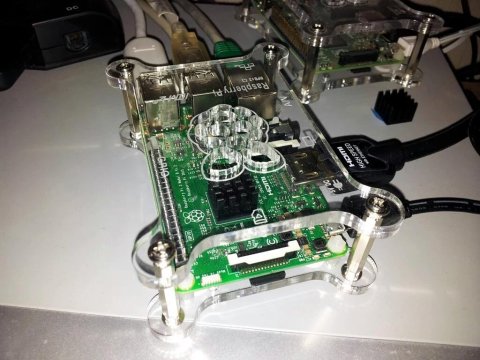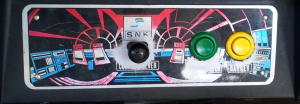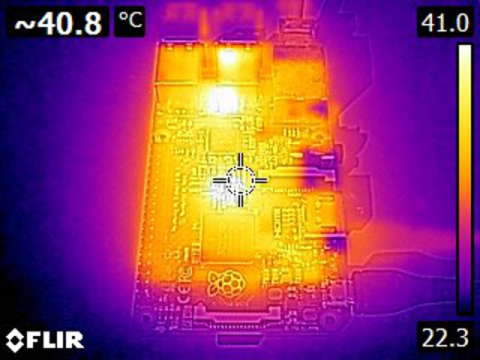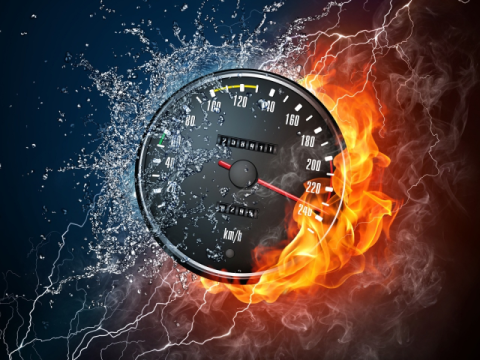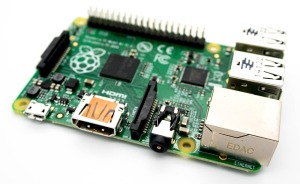Pragmatic Overclocking

Overclocking the Raspberry Pi 3 – Free Speed and Trade-offs
The Raspberry Pi 3, in common with the the older Pi 1 and Pi 2 models, can be overclocked – that is, the main processor, graphics chip, and memory, can be run faster than the default factory settings. Whilst more speed equals more processing power, there’s a trade-off to be considered with the new hardware that generally wasn’t an issue on the earlier systems.
Please Note: at time of writing overclocking the Pi 3 does not appear to be officially sanctioned. This is noted in a post on Gordons Projects, and can be seen in the overclocking entry in the Raspbian O/S’s raspi-config tool, which states ‘This Pi cannot be overclocked’. I do not know whether implementing any overclock options on the Pi 3 will set any internal flags and affect your warranty (early generation Pi’s do so if the Governor is bypassed). If in doubt, wait until the Raspberry Pi foundation makes a statement on the subject.

Nevertheless, the new Pi can certainly be overclocked. Whilst the process by which this is achieved remains the fundamentally the same, editing the config.txt file, overclocking is not quite as straightforward as it previously has been. The issue is one of thermodynamics, as the new model runs somewhat hotter than the those of the previous generations, at least in the case of the Pi which I took delivery of the day after the new model was released*
* The presence of high CPU temperatures on the new machine could be limited to a certain batch, or an example of the variations in CPU tolerances such as those resulting from lithographic techniques used to create the processors.
